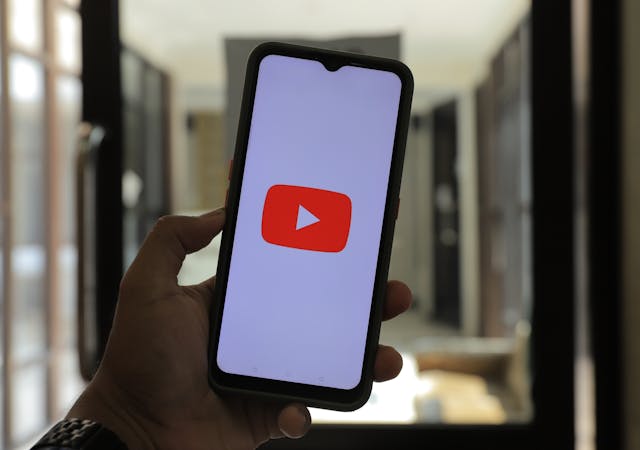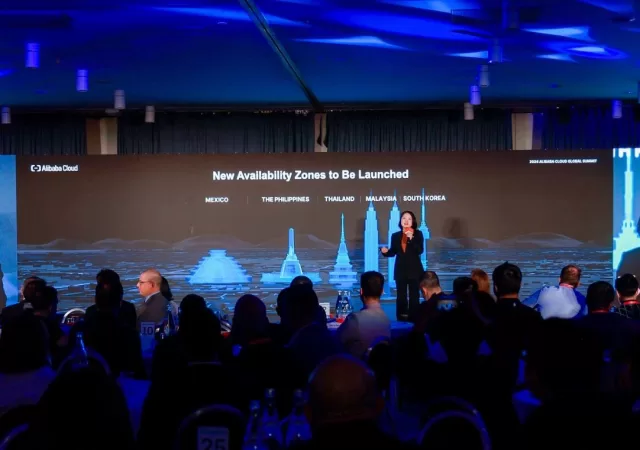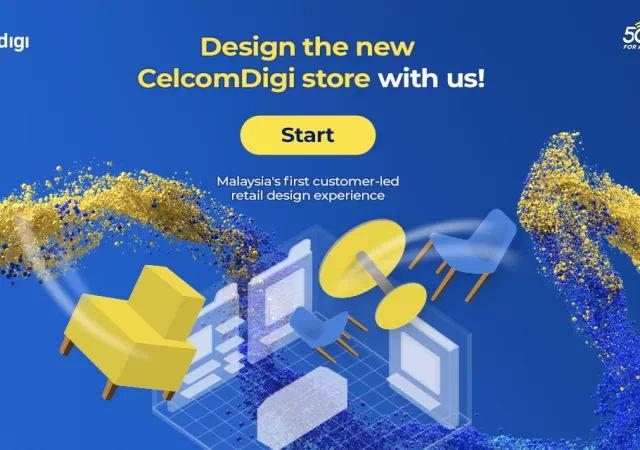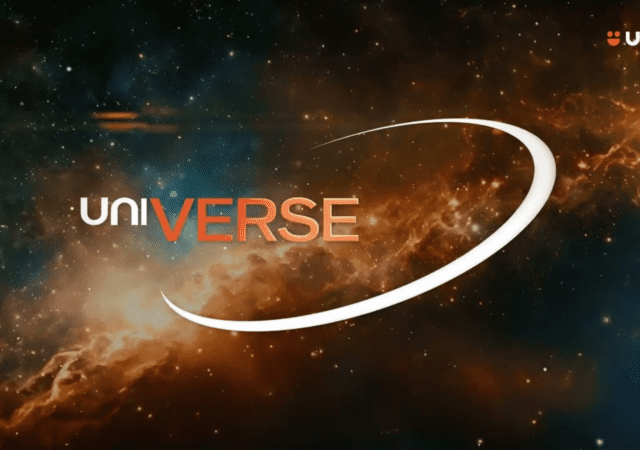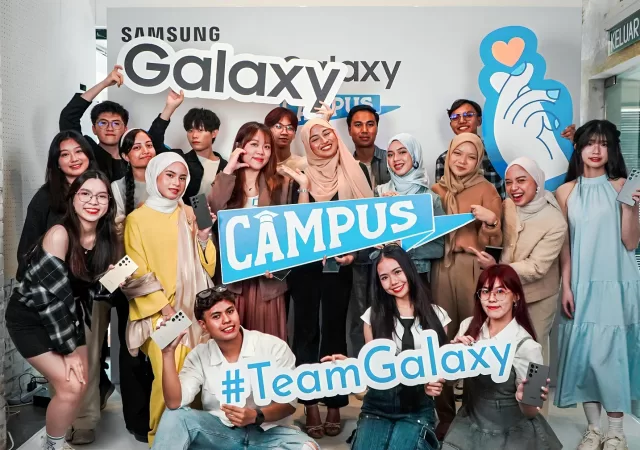Youtube responds to the recent fiasco regarding videos skipping for users with adblockers but can the statement be trusted?
Google’s Search Ranking System Has Leaked! Here’s What You Need to Know
Google’s search ranking system has been unveiled following a massive leak of a crucial API for the company’s search platform. Leaks are contradicting what Google has said in the past.
Alibaba Cloud Expands Global Footprint with New Availability Zones
Alibaba Cloud announces new availability zones in Mexico, Thailand, Philippines, South Korea and Malaysia expanding its global footprint.
U Mobile Celebrates Kaamatan with Free 5G Bus and Exciting Activities
U Mobile celebrates the festival of Kaamatan with Cara U Sabah: Kaamatan a celebration filled with activities and the first 5G bus created in collaboration with Grab!
UniKL and Huawei Malaysia Join Forces to Advance Smart City and Flood Mitigation Technologies
Huawei Malaysia and UniKL sign a memorandum of understanding (MoU) paving the way for bilateral collaboration that will focus on smart cities and flood mitigation.
CelcomDigi Puts Customers in the Driver’s Seat for New Retail Store Design
CelcomDigi is inviting customers to design its new retail touchpoints that will be rolling out in the coming months.
Equinix Expands to Malaysia, Bolstering the Nation’s Digital Infrastructure with Dual Metro Data Centres
Equinix Inc establishes its presence in Malaysia with the launch of dual metro data centres in Johor and Kuala Lumpur providing businesses world class digital infrastructure.
TM Unifi Introduces UniVerse: Customizable Bundles for Home Connectivity and Entertainment
Unifi introduces its take on a converged connectivity – UniVerse – for its customers allowing subscribers to create bundles from RM169 to meet their connectivity and entertainment.
Samsung Malaysia Launches Galaxy Campus Program to Empower Tech-Savvy Students in Malaysia
Samsung kicks off its Galaxy Campus cohort with the selection of 19 students who will be getting hands-on and learning with the best at Samsung.
Lenovo Deploys an AI Engine Streamlines Sustainable IT Solutions for Businesses with LISSA
Lenovo announces LISSA an AI model to help companies achieve their sustainability goals with systematic insights and actionable data.



